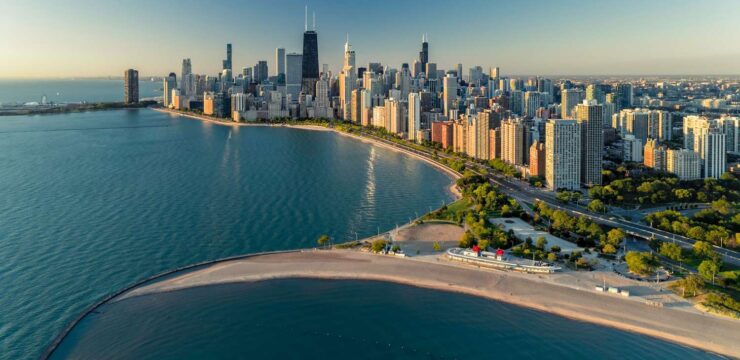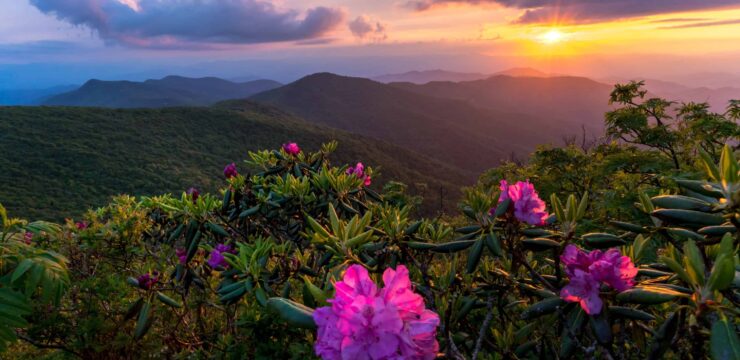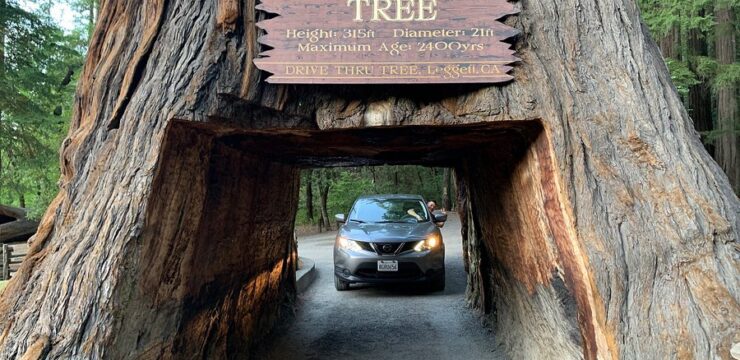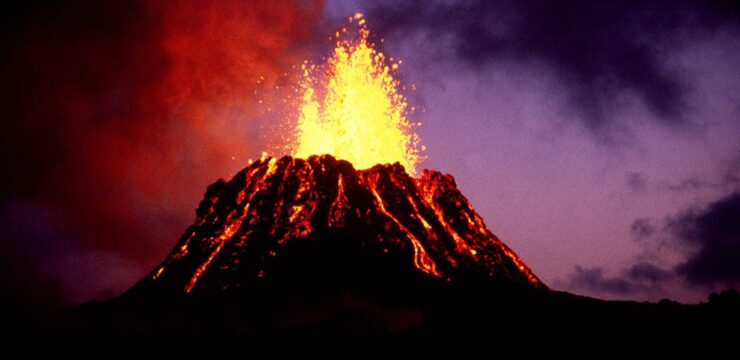Nestled in the heart of Arizona’s Navajo Nation, Antelope Canyon is one of the most breathtaking natural wonders in the world. Known for its mesmerizing sandstone formations, undulating curves, and ethereal play of light, this slot canyon attracts photographers, adventurers, and nature lovers alike.
The Formation of a Geological Marvel
Antelope Canyon was sculpted over thousands of years by the forces of water and wind. Seasonal flash floods carved the narrow passageways, shaping the sandstone into fluid, wave-like structures. The canyon walls, rising up to 120 feet, create an otherworldly environment where light dances off the stone, producing a spectrum of colors ranging from deep purples to fiery oranges.
Upper and Lower Antelope Canyon
Antelope Canyon is divided into two sections: Upper Antelope Canyon (Tsé bighánílíní) and Lower Antelope Canyon (Hazdistazí).
- Upper Antelope Canyon: The more frequently visited section, it is easily accessible with a ground-level entrance. Known for its stunning beams of sunlight that pierce through the narrow openings, Upper Antelope Canyon is a photographer’s paradise.
- Lower Antelope Canyon: A more challenging hike, Lower Antelope Canyon requires climbing ladders and navigating narrow passages. Its winding corridors and intricate rock formations offer a different but equally mesmerizing experience.
The Magic of Light and Shadow
What sets Antelope Canyon apart is its extraordinary interplay of light and shadow. As the sun moves across the sky, beams of light filter through the canyon’s narrow openings, illuminating the sandstone walls in an ever-changing display of color. The best time to witness this spectacle is from late morning to early afternoon when the sun is at its highest point.
Cultural and Spiritual Significance
Antelope Canyon holds deep cultural and spiritual meaning for the Navajo people. The canyon’s Navajo name, Tsé bighánílíní, translates to “the place where water runs through rocks.” The Navajo regard it as a sacred place, emphasizing respect and reverence for its beauty and power. Visitors must be accompanied by Navajo guides, who not only ensure safety but also share insights into the canyon’s history, geology, and cultural significance.
Visiting Antelope Canyon
Due to its increasing popularity, guided tours are required to visit Antelope Canyon. The best time to visit is between March and October when sunlight is optimal for photography. Tour companies offer different experiences, including photography-focused tours and combination tours with nearby attractions such as Horseshoe Bend and Lake Powell.
Preserving Nature’s Masterpiece
With its delicate rock formations and fragile ecosystem, Antelope Canyon demands responsible tourism. Visitors are encouraged to follow guidelines, such as staying on designated paths, refraining from touching the sandstone, and respecting the environment to help preserve its beauty for future generations.
Conclusion
Antelope Canyon is a true masterpiece of nature, a place where light, stone, and time have combined to create an awe-inspiring spectacle. Whether you’re an avid photographer, an adventure seeker, or a lover of natural wonders, a visit to Antelope Canyon is an unforgettable journey into one of Earth’s most magical landscapes.





